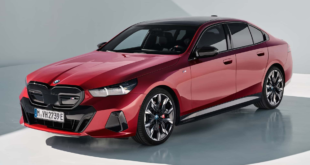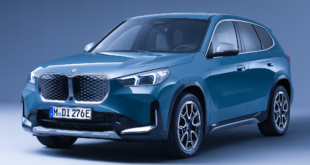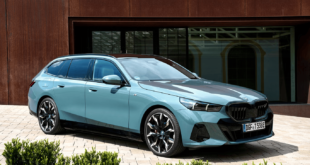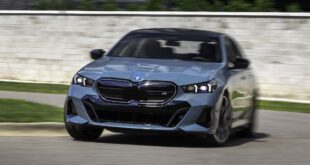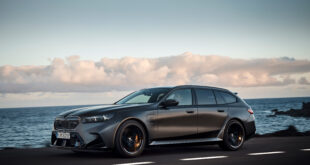The future of driving pleasure is approaching fast and the BMW iNEXT takes the next hurdle of its path to serial production maturity. The winter test centre of the BMW Group in Arjeplog, Sweden is the setting for the current complete vehicle tests, which serve to optimise, examine and harmonise all drive, chassis and suspension components under extreme climate and road conditions. With its purely electric drive, the BMW iNEXT meets individual mobility needs in an especially sustainable manner. It also combines the latest developments from the areas of automated driving and intelligent connectivity offering passengers completely new ways of enjoying their ride.
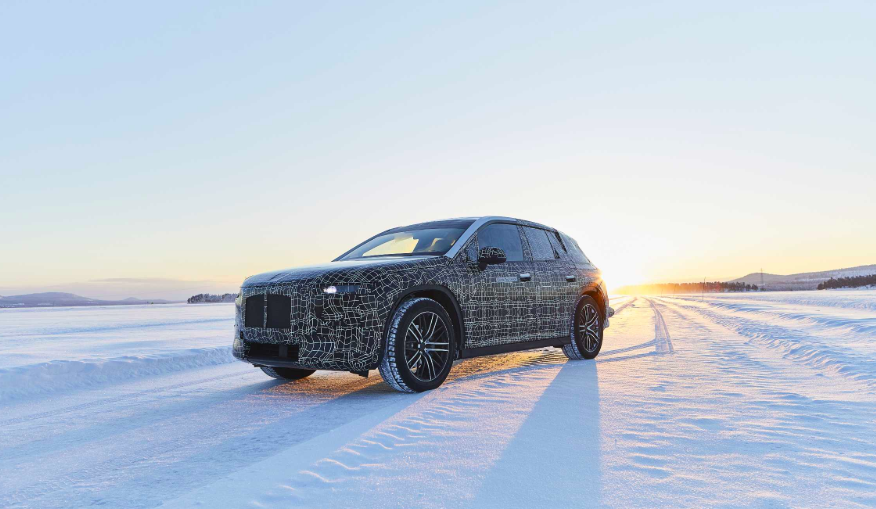
The series production version of the BMW iNEXT will be manufactured in the BMW Plant in Dingolfing from 2021. The new technology flagship of the BMW Group integrates the key future topics of automated driving, connectivity, electrification and services (ACES) in the automobile as defined in the NUMBER ONE > NEXT company strategy. Its innovative technology focusses on people’s needs and requirements. The BMW iNEXT, in the shape of a modern Sports Activity Vehicle (SAV) embodies the pioneering interpretation of brand typical driving pleasure – with purely electric drive, intelligent all-wheel-drive system and model-specific suspension technology. These components are currently being winter-tested together under real-world conditions at the polar circle for the first time. This intensive series of tests, which is equivalent to those used for conventionally powered models, illustrates the high degree of maturity of the purely electric drive technology developed by the BMW Group, which makes the BMW iNEXT the symbol for the move into a new era of driving pleasure.
The test drives with the camouflaged BMW iNEXT are being conducted on snow-covered roads and ice-covered lakes, where low temperatures and minimal road friction dominate everyday testing. The cold poses a challenge, above all, for the electric motor, the high-voltage battery and the cooling system of the BMW iNEXT. The testing engineers also attach particular importance to the eDrive energy management system. They analyse the way in which the extreme sub-zero temperatures affect how the energy storage system recharges, how electricity is transferred to the electric motor, how the electrical system is supplied with energy and how the heating and air condition systems respond. The power transmission and suspension regulation systems are also tested far beyond what is standard in day-to-day traffic conditions. On closed-off, ice-covered surfaces electronic regulation can already be provoked at low driving speeds. For the engineers this means that they can, for example, analyse the interaction of the all-wheel-drive system, which was especially developed for the electric drive, and DSC (Dynamic Stability Control). They can then continuously optimise the processes under exactly reproducible conditions.
The steering and braking system are also fine-tuned under these conditions. Just like the deceleration performance of the brakes, the energy recuperation when coasting must be precisely adapted to each driving situation. The tracks around Arjeplog also provide the ideal testing ground for these trials. The BMW iNEXT is confronted with the entire range of dynamic driving challenges when winter-testing on gravel tracks, dry asphalt and extremely slippery polished ice surfaces.
 BMW.SG | BMW Singapore Owners Community The Ultimate BMW Community – Established Since 2001
BMW.SG | BMW Singapore Owners Community The Ultimate BMW Community – Established Since 2001



